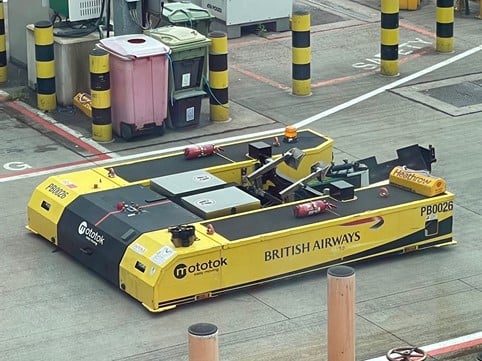
Data-driven telecoms: navigating regulations
Regulation of data-driven business can help telecoms differentiate from Internet players, but also comes when telco products and processes increasingly use and monetise data. How should telecoms companies adapt? A must-read for those engaged in data-driven businesses.


